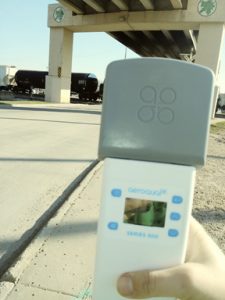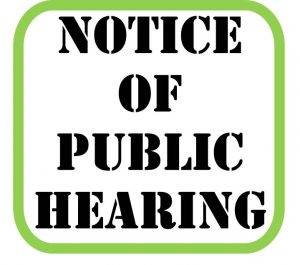Particulate Matter
Take 60 Seconds and Urge Dallas City Council Members To Approve Joining A New Regional Air Monitoring Network
CLICK HERE
TO SEND A PREPARED EMAIL TO DALLAS CITY COUNCIL MEMBERS URGING DALLAS JOIN THE NEW NORTH TEXAS CLEAN AIR MONITORING NETWORK
Next Monday, September 24th, the Dallas City Council’s Quality of Life Committee will have a chance to take the City’s air quality tools into the 21st Century.
Committee members will view a presentation on the fledgling North Texas Clean Air Network and be asked to join Plano and Dallas County in signing-on to the state’s first independent air monitoring network. A yes vote will send the decision to the full City Council.
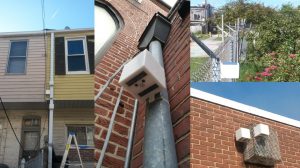 There’s no mandatory fee to join. Every city, county or other governmental entity gives what it wants. This slow cook approach has already put 50-70 new high-tech-low-cost monitors in play from Plano to Joppa over the past year.
There’s no mandatory fee to join. Every city, county or other governmental entity gives what it wants. This slow cook approach has already put 50-70 new high-tech-low-cost monitors in play from Plano to Joppa over the past year.
Fueled by expertise at area research universities and constructed with the help of local officials and environmentalists, the Clean Air Network treats air quality monitoring as a public health tool to be run as a public utility.
Once in place, dense grids of real time Particulate Matter pollution monitors can have lots of benefits and uses. They can act as 24/7 fence line mon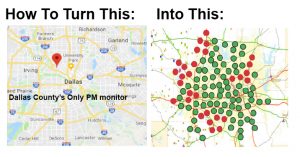 itoring for industrial facilities, help determine the right timing of traffic lights to reduce air pollution, map pollution disparities neighborhood by neighborhood, and correlate pollution burdens with public health. Because of its potential to inform and create policy, this air monitoring network represents one of the most significant environmental advances for DFW this century.
itoring for industrial facilities, help determine the right timing of traffic lights to reduce air pollution, map pollution disparities neighborhood by neighborhood, and correlate pollution burdens with public health. Because of its potential to inform and create policy, this air monitoring network represents one of the most significant environmental advances for DFW this century.
Please help make sure the Network clears this first political hurdle to full City Council approval. Send a quick “click and send” email to every member of the Dallas city council’s Quality of Life Committee members telling them you support Dallas joining the North Texas Clean Air Network. You can add your own message too.
Thanks.
MAY 22 FREE Citizen-Science Training for Portable Air Monitoring
SATURDAY, SEPT 22
Session 1:
10:30 am -1 pm
Session 2:
2pm to 5 pm
Goodwork Co-Working Space
1808 South Good Latimer/Dallas
For the first time, Downwinders is offering members of the public the chance to learn how to take air quality samples with one of our Aeroqual Series 500 portable Particulate Matter monitors – the monitors that helped defeat the proposed Joppa batch plants back in March.
For this first introductory lesson, there’s a 45-60 minute classroom presentation followed by 90 minutes in the field actually taking readings with the machines. The field trips will all be aimed at helping Downwinders assemble a growing data base on Dallas PM levels.
This customized training has been put together by Downwinders’ PM Science Director, Dr. Tate Barrett of UNT, as well as Cresanda Allen and Amanda Poland of our PM Committee. There’s no charge to attend. Lunch won’t be served, so bring some snacks and since we’re going out in the filed, you’re advised to wear comfortable shoes and clothes.
At the completion of this first hands-on training, participants will be given a  certificate that classifies them as “apprentice” level citizen scientists. This allows them to sign-up and go out on individual portable monitoring trips with members of the PM team in the weeks ahead. After two such outings with the team they’re classified as a Citizen Science “Researcher” and assigned more responsibilities.
certificate that classifies them as “apprentice” level citizen scientists. This allows them to sign-up and go out on individual portable monitoring trips with members of the PM team in the weeks ahead. After two such outings with the team they’re classified as a Citizen Science “Researcher” and assigned more responsibilities.
After three such excursions with team members, they’re classified as an “Investigator” and are eligible to check put the monitors for their own projects or help contribute to group efforts. In effect, we’re creating a lending library of portable air monitors open to anyone willing to go through the training.
On Saturday the 22nd we’re offering two training workshops:
Training Session #1 10:30am – 1pm
Training Session #2 2 pm – 5 pm
Both sessions will be conducted at the GoodWork Co-working space at 1808 South Good-Latimer, Downwinders’ home.
Participation is limited to let everyone get a chance to actually use the portables. To assure yourself a spot, please sign-up now by letting us know which session you want: downwindersatrisk@gmail.org, re:citizen science training.
New Study Links PM Pollution to IQ Loss
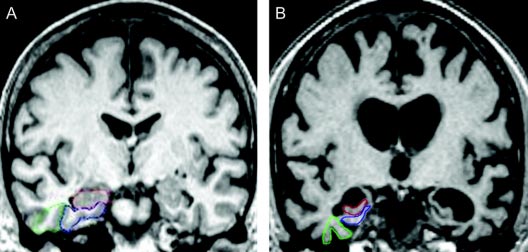
Underscoring how important this month’s event are is a new study from China that concludes exposure to Particulate Matter air pollution erodes a person’s IQ, especially in older people.
“Polluted air can cause everyone to reduce their level of education by one year, which is huge,” said Xi Chen at Yale School of Public Health in the US, a member of the research team. “But we know the effect is worse for the elderly, especially those over 64, and for men, and for those with low education. If we calculate [the loss] for those, it may be a few years of education.”
In some ways this latest research, published in Proceedings of the National Academy of Sciences (PNAS), only confirms earlier studies associating PM pollution with Dementia and other developmental diseases like Autism and ADHD. But it was the largest study yet to look at the impact PM has on cognitive abilities and it looked at people of all ages, not just students. 20,000 men and women were followed for four years and many other variables besides exposure to air pollution were ruled out as causes of the decline, including the inevitable decline of mental dexterity with age.
The more a person was exposed to dirty air, the more their intelligence suffered, with language skills suffering more than mathematical or analytical, and men more than women.
At the same time even short term exposure to air pollution was seen to have an effect on intelligence, a result with consequences for students taking tests or workers attempting to passing certification exams.
Derrick Ho from Hong Kong Polytechnic University was quoted in a Guardian article stating his own research group had similar preliminary findings in their work. “It’s because high air pollution can potentially be associated with oxidative stress, neuroinflammation, and neurodegeneration of humans.”
Specifically, exposures to pollutants such as carbon monoxide (CO) and particulate matter prevent proper blood flow and could affect the flow of oxygen to the brain, which in time, affect cognition. Long-term exposure of these pollutants can lead to lesions in the brain’s white matter, which is dangerous for cognitive skills.
The study has worrying implications for neighborhoods like Joppa and West Dallas that are crowded next to PM polluting industries and freeways. Residents from those communities often start out with material or social disadvantages that limit their opportunities. Constant exposure to a toxin that robs them of IQ points makes things even worse. It’s one more thing that can trap them in downward spiral.
POSTPONED! Dallas City Committee Meeting on Air Monitoring Rescheduled for September 24th
This coming Monday’s Dallas City Council Quality of Life Committee Meeting Concerning a New Air Monitoring Network is
POSTPONED UNTIL SEPTEMBER 24th.
Word came late Monday (yesterday the 20th) that City Budget resolutions tied to deadlines for budget submissions forced air monitoring off the agenda for the Committee’s August 27th meeting.
We’ve been assured that we’re DEFINITELY on the agenda for the Committee meeting scheduled for Monday, September 24th at 9am in Rm 6ES.
Although it’s a delay, it allows us more time to educate the council about the benefits of a public air monitoring network.
We apologize for any inconvenience.
Stay Tuned.
Fresh from the Vault: Open Records Act Results from the Dallas Office of Environmental Quality
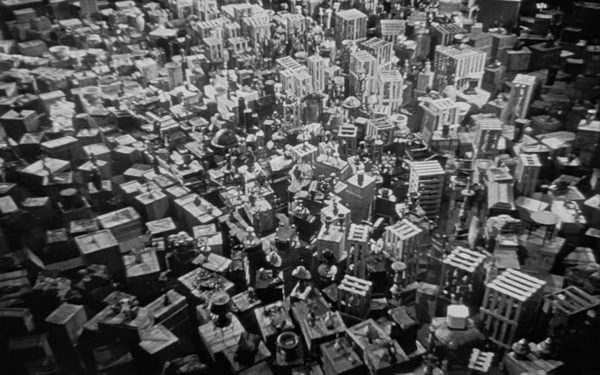
Last month we requested the City of Dallas’ Office of Environmental Quality files concerning air quality monitoring going back a few years. We wanted to know more about how City staff chose the Texas Nature Conservancy’s “Breathe Easy” study as its first air monitoring project through a process of…well, there wasn’t exactly a process was there?
Here’s some highlights from the materials we reviewed so far:
Despite criticism, OEQ Staff is recommending using the same air monitors for its own study that Downwinders used in Joppa.
OEQ staffers have criticized Downwinders’ portable monitoring in Joppa…despite the lack of any city monitoring up to that point in the neighborhood. Something about the lack of reliable data. But lo and behold, OEQ staffers seems to have recommended not only the same company (New Zealand-based Aeroqual) to the Nature Conservancy for its stationary monitors, but also exactly the same portable air monitors. We told you they were good.
Any local university scientist who’s worked with Downwinders is blackballed.
Dr. Kuruvilla John, Professor and Chair Department of Mechanical and Energy Engineering at the University of North Texas was “…biased because funded by Downwinders” according to one meeting summary and blackballed by OEQ staff as a City technical advisor for the Breathe Easy project. Dr. John’s sole sin was to get paid as a contractor in 2015 by Downwinders to perform a single study using the state’s own computer model for DFW smog. Before ruling him out, no one on OEQ staff mentioned that Dr. John’s modeling and study was endorsed by a unanimous Dallas city council vote recommending the EPA take more proactive measures to reduce smog pollution.
One wonders if his collaboration with Downwinders and other citizens groups in the DFW Air Research Consortium have made UTD’s Dr. David Lary similarly verboten to OEQ staff.
Dallas City staff in-kind contributions to the Texas Nature Conservancy “Breath Easy” project are very, very large.
To date, the partnership between the City and the Texas Nature Conservancy has raised almost $300,000 in grant money for a study involving nine schools. But that total pales in comparison to the in-kind contributions the city is making to the effort over both its developmental period and it two-year run. For example…
Combine all the staff time over 3-4 years with data services costs and you could well have a multi-million dollar donation from the City of Dallas to the Texas Nature Conservancy, courtesy of your tax dollars.
OEQ staff likes the idea of a new air monitoring network…in other cities.
As one OEQ staffer put it: “We’re looking at air monitoring programs in states and cities. In Minneapolis/St. Paul the state agency is installing low cost (and low resolution) monitors in every zip code. In L.A. they are installing 100 monitors citywide. Baltimore, Chicago and Lafayette all have enhanced monitoring programs. Here the TCEQ has zero interest in any of these projects. The EPA staff are very interested, but cannot offer any financial support.”
A OEQ staffer sought a job with the Conservancy even as the Breathe Easy project was taking shape.
“We are teaming up with the Nature Conservancy and their new Urban Conservation Director ( a position I interviewed for in early 2017….)”
As you piece together the email chains and date memos, it’s clear that if it weren’t for the considerable support from the City of Dallas, the Nature Conservancy’s Breathe Easy air monitoring project would…need a lot more grant money.
Why has OEQ staff committed so much time and money to a two-year study of nine schools while dismissing the lesser expense and effort of joining a regional network of air monitors many times that size? A real time air quality network modeled on the very kind OEQ staff seem to admire from afar in other cities? That’s an answer that we haven’t found in the files yet.
But it’s something to keep in mind for the re-scheduled September 24th Quality of Life Committee meeting where presentations about both the TNC/City’s private study and the DFW Air Research Consortium public network will be featured.
PM Causes Diabetes: Another Study on the Dangers of PM Pollution
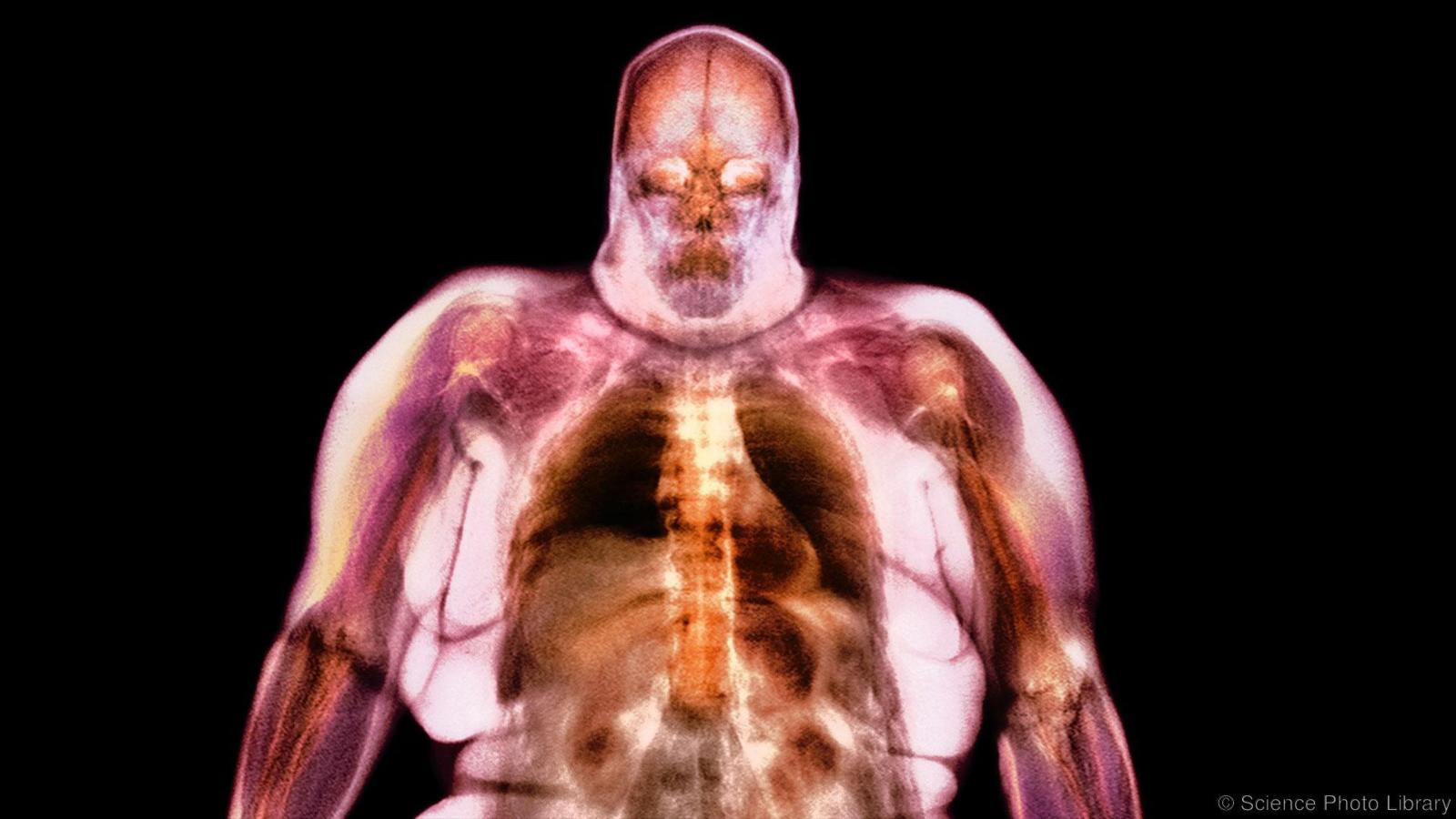
A new study published last month in The Lancet is the best evidence yet that besides causing and irritating asthma, heart attacks, strokes, dementia and autism, PM pollution can also trigger diabetes.
Using new statistical tools, it estimated that American air pollution caused 150,000 new cases of diabetes in 2016 alone. Worldwide, 8.2 million years of healthy life were lost to the disease by pollution.
Funded by the US Department of Veterans Affairs, and authored by VA doctors and others from the Saint Louis area, the study is the largest to ever examine the link between PM exposure and insulin resistance, the condition that often results in Type 2 diabetes in adults.
It used data from almost 2 million American veterans that were followed for eight and half years and matched with air quality data from NSA and EPA sources. The authors controlled for obesity and BMI, so it wasn’t the case that heavier people simply lived in more polluted neighborhoods and were also more likely to get diabetes. Rather, increased exposure to PM increased your likelihood of getting Type 2 diabetes.
There are many reasons why PM pollution is so harmful, but a big one is that it’s so very tiny and often contains toxic metals. Its small size allows it to not only penetrate deep into the lungs, but lo pass right through to the bloodstream. There, it circulates to different organs and causes inflammation. The inflammation increases insulin resistance. Eventually, this insulin resistance can become so severe the pancreas becomes unable to pump out enough insulin to compensate, and diabetes can set in.
Besides making the case for a link between PM pollution and diabetes, the study also confirms there appears to be no level of exposure to PM that isn’t capable of leaving a harmful mark. While EPA’s annual PM pollution threshold is 12 μg/m3, or micrograms per cubic meter of air, this VA study says the risk of diabetes starts as low as an 2.4 μg/m3 average per year That is, your risk of getting diabetes from air pollution begins at a level of exposure that’s almost 10 times less than the regulatory standard called “safe” by EPA.
In an Atlantic article reporting on the study, experts are quoted as saying the connection between PM2.5 and various health risks is now so clear that people should try to avoid large amounts of particulates, if they can.
“Live away from the major sources of emission. Don’t live right near the 405,” Dr Al-Aly, one of the authors stated, referring to the congested freeway in Los Angeles.
Tanya Alderete, who studies the connection between air pollution and disease at the University of Colorado at Boulder, says people should rethink biking and running in heavy traffic, “We shouldn’t be engaging in strenuous physical activity during rush hour or near major roadways,” she says.
The close association between PM pollution and Environmental Justice issues has been documented repeatedly, most recently by the EPA itself. African-Americans are more likely to be exposed to high levels of PM than other demographic groups. At the same time, African Americans are almost twice as likely to be diagnosed with diabetes as non-Hispanic whites. This is not a coincidence.
No other form of air pollution is linked to the wide variety of illness PM is now associated with in the scientific literature. The more it’s studied, the more PM becomes the most insidious form of air pollution we know about.
Dallas’ Office Of Environmental Quality: “You Can’t Handle the Truth” about Pollution

MONDAY, AUGUST 27th
9 AM
ROOM 6ES
DALLAS CITY HALL
CITY COUNCIL QUALITY OF LIFE COMMITTEE HEARING ON DALLAS JOINING A NEW REGIONAL AIR NETWORK
______________________________________________
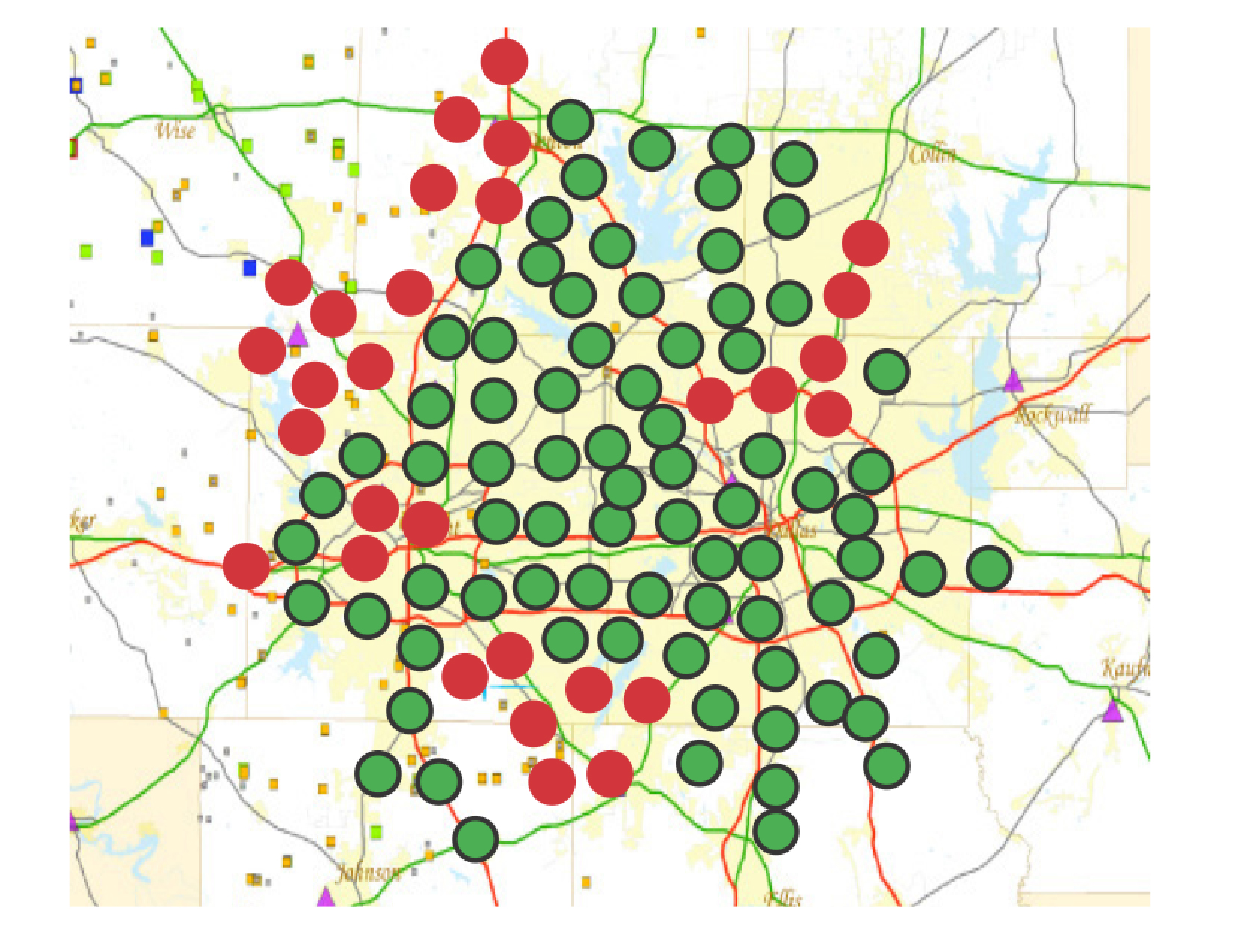 Over the last two years, as members of the DFW Air Research Consortium have promoted the idea of a dense grid of low-cost, high-tech air sensors spread across North Texas, their audiences have usually had one universal response: “This is great. It’s a no-brainer. When can we start? “
Over the last two years, as members of the DFW Air Research Consortium have promoted the idea of a dense grid of low-cost, high-tech air sensors spread across North Texas, their audiences have usually had one universal response: “This is great. It’s a no-brainer. When can we start? “
The single exception to this excitement is the City of Dallas Office of Environmental Quality.
Strange isn’t it? That hotbed of radical environmentalism known as Plano is embracing the idea of network air monitoring with both arms. Richardson and Fort Worth are interested as well.
But within Dallas City Hall there’s not only skepticism, but out right hostility to the the “smart city” idea of providing real time air quality information to citizens from hundreds of monitors.
Why?
On more than one occasion OEQ staff has said that they don’t want to have to take calls from Dallas residents who notice high air pollution levels in their neighborhoods and…expressed the opinion that “certain groups won’t responsibly use the information produced…like in Joppa.”
In other words, the public can’t handle the truth.
(Remind us again what happened in Joppa?

Oh yeah, Dallas OEQ staff was in favor of putting two additional dusty dirty batch plants in the small Freedman’s community that already has a large and polluting roofing shingles plant, a batch plant, and a huge rail switch yard surrounding it.
They made their recommendation for two more batch plants without doing any kind of air monitoring at all in Joppa, despite months of residents testifying at various hearings and meetings about the pollution problem and despite OEQ having the equipment to do it.
Staff made their recommendation without comparing the pollution in Joppa to other Dallas neighborhoods, or without examining any kinds of equity issues at all. Is Joppa the victim of Environmental Racism or not? The OEQ was silent.
Staff based their support solely on the lack of complaints – a record rendered invalid by plenty of Joppa community meetings where air pollution was complained about – and the moderate levels of pollution recorded by the single EPA-TCEQ PM monitor in all of Dallas County, located some nine miles away from Joppa near Mockingbird.
When Downwinders showed up a week before the Council vote and actually took air samples in Joppa for the first time, they showed levels of Particulate Matter that were much higher than that EPA monitor, demonstrating how ridiculous it was for OEQ to base its assurance to Joppa residents on it. It made them look like they hadn’t been doing their job. And they hadn’t. And they hadn’t done it in West Dallas with the concrete storage silo and batch plant fights there. Lately, OEQ hasn’t met a polluter it didn’t like.)
So instead of endorsing the idea that the public has as much of a Right-to-Know what’s in their air as in their food, OEQ would just rather you just not know. Ignorance is bliss.
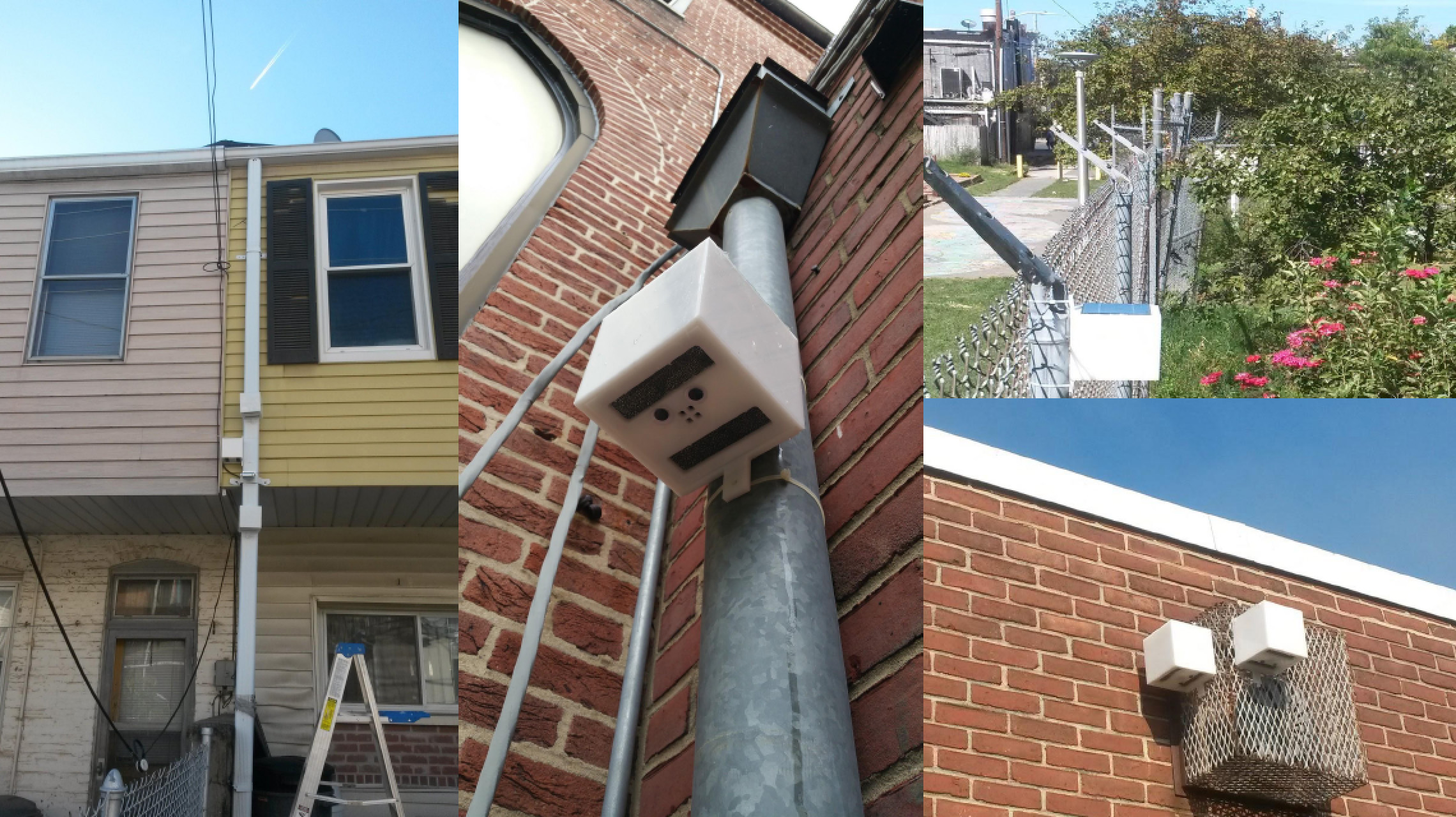 OEQ staffers also have said they object to a network of new air monitors because EPA doesn’t yet recognize their data as “official” and so it can’t be used for enforcement…yet. But do these air monitors have to have that official recognition to begin doing lots of good things for public health?
OEQ staffers also have said they object to a network of new air monitors because EPA doesn’t yet recognize their data as “official” and so it can’t be used for enforcement…yet. But do these air monitors have to have that official recognition to begin doing lots of good things for public health?
Joppa residents didn’t need EPA certification to compare the levels Downwinders recorded with the “official monitor” and know something was wrong. Doctors say they don’t need it to begin looking at correlations between area pollution levels and heart attacks, strokes ER visits, and school absenteeism. Cyclists and runners say they don’t need EPA certification to plot the least-polluted routes for exercising according to the grid. Cities like Plano says it doesn’t need it to better time traffic lights and reduce pollution that way.
It’s quite possible just knowing there are new monitors out there relaying real time information will now make a plant manager think twice about doing something questionable on a weekend or holiday. That’s enforcement – without EPA certification.
Given that Dallas currently doesn’t quantify or measure Environmental Justice issues in the city limits, a monitor network could provide planners and City Council members with a tool to do just that. It could graphically demonstrate how some Dallas neighborhoods are burdened with a lot more air polluters than others, and draw a map of those inequities to prevent them being made worse….to prevent mistakes like the OEQ staff was making in Joppa. You don’t need EPA certification for that impact either.

The hollowness of these staff arguments is proven by OEQ’s own actions. Even while it dismisses the unruly democracy of a real time broad-based PUBLIC monitor network, it’s committing over a million dollars of in-kind staff time and City resources to assisting a PRIVATE air monitoring study that is supposed to show how health can be improved….without EPA certification of the monitors being used.
So the same argument that city staff is using to dismiss the public network is the same one it’s using to support the private study.
You might recognize this M.O. at City Hall:
Staff decides it absolutely must do something about something. It decides how to accomplish that something after an exhaustive and rigorous search of talent and resources within a 100 foot radius of the office where that something is decided. An all out effort is then made to bias, slant, tilt, and otherwise favor the approach staff has decided must be taken against all other alternative approaches that might make sense outside of the 100-foot office radius. Nothing but the original staff approach is worthy of consideration, all others being the work of Satan or Dirty Hippies.
And the City Council? The Deciders for the public-at-large? They have an option to get involved at the very end of this sausage-making. Staff’s view seems to be that bliss is ignorance here too.
This happened with the Trinity River. Now it’s happening with air quality.
In 2014 Dallas got some Rockefeller Foundation money for “Resilience“ preparation. For those without a program, resilience is the fancy Rockefeller Foundation word for Climate Change, or rather the symptoms of climate change. Elected officials and bureaucrats are supposed to feel safer about using it.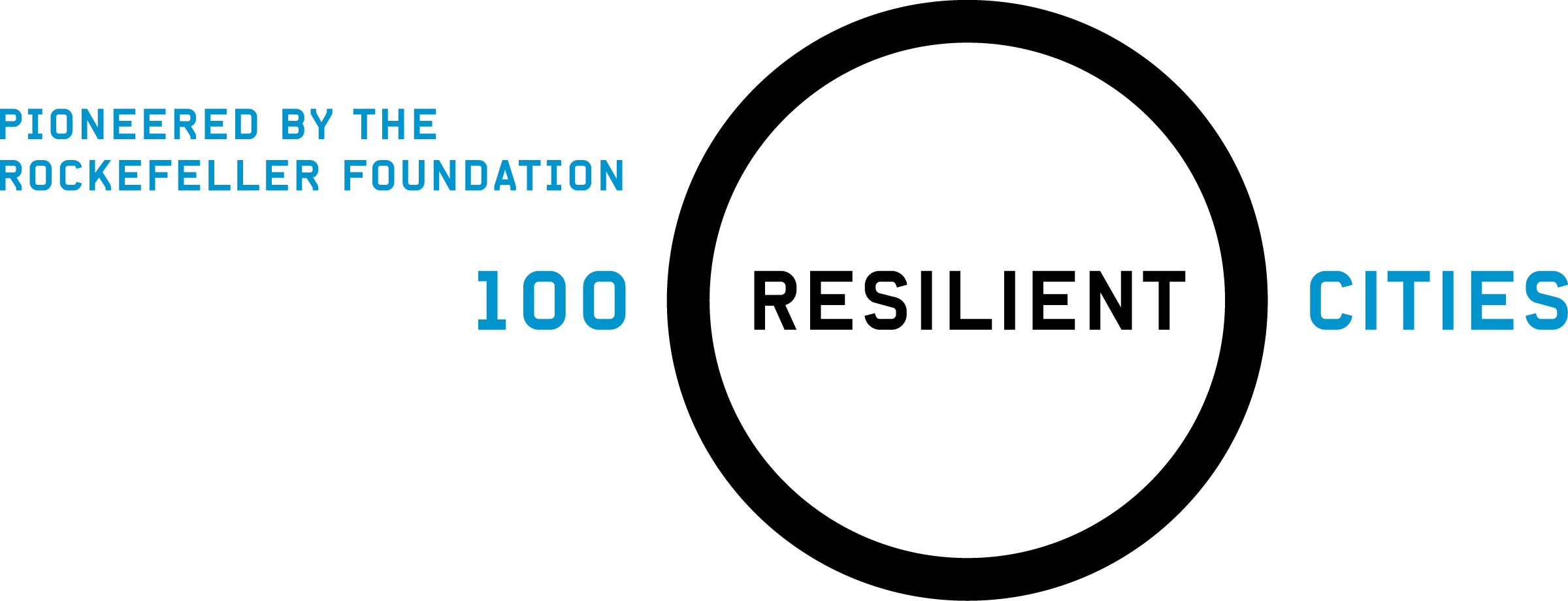
Dallas got so much money that the City created an Office of Resiliency. And that office sponsored invitation-only forums on how Dallas could be more resilient. Not open forums mind you. Not public hearings. They wanted the folks they’d located through that rigorous and exhaustive vetting process. None of the Satanists or Dirty Hippies got notice.
One of the right kind of groups that did get invited to those forums was the Texas Nature Conservancy, a mostly wealthy and white group of landowners dedicated to the noble idea of putting aside large tracts of undeveloped land for permanent preservation. It’s a group well-known for its dedication to open spaces – but not for any research it’s ever done on air quality.
Nevertheless, out of these forums suddenly emerged a partnership between the City of Dallas and The Nature Conservancy to do some kind of new air quality monitoring. There was no competition of concepts and no decision by the City Council. Staff had decided, and that was that.
And so you get the “Breathe Easy” Study.
Nine (as yet unspecified) DISD schools in “South Dallas” will be wired with new air monitors recording Ozone and Particulate Matter pollution in real time over one or two years to study the impact of anti-pollution measures like stricter idling policies on school absenteeism rates.
 But while the information will be gathered in real time from these nine schools, that information will not be shared with the public on the City of Dallas website until after (an as yet unspecified) time has passed. No annoying calls from pesky citizens (or parents) asking why their neighborhood’s air pollution levels are so high today.
But while the information will be gathered in real time from these nine schools, that information will not be shared with the public on the City of Dallas website until after (an as yet unspecified) time has passed. No annoying calls from pesky citizens (or parents) asking why their neighborhood’s air pollution levels are so high today.
Furthermore, after the study is completed it’s unclear what’s going to happen to the monitors in the nine schools.
In this case, the Conservancy and City seem to be tracking the “resiliency” of Dallas students in the face of chronic and acute air pollution problems, and then letting them know after the fact how resilient they were.
And is it irony, cynicism, or both when Dallas City Hall says this new study is needed because “Black kids in Dallas have an asthma rate eight times higher than Asian children and four times higher than whites.”
Maybe that’s because the Dallas OEQ keeps approving batch plants in their neighborhoods.
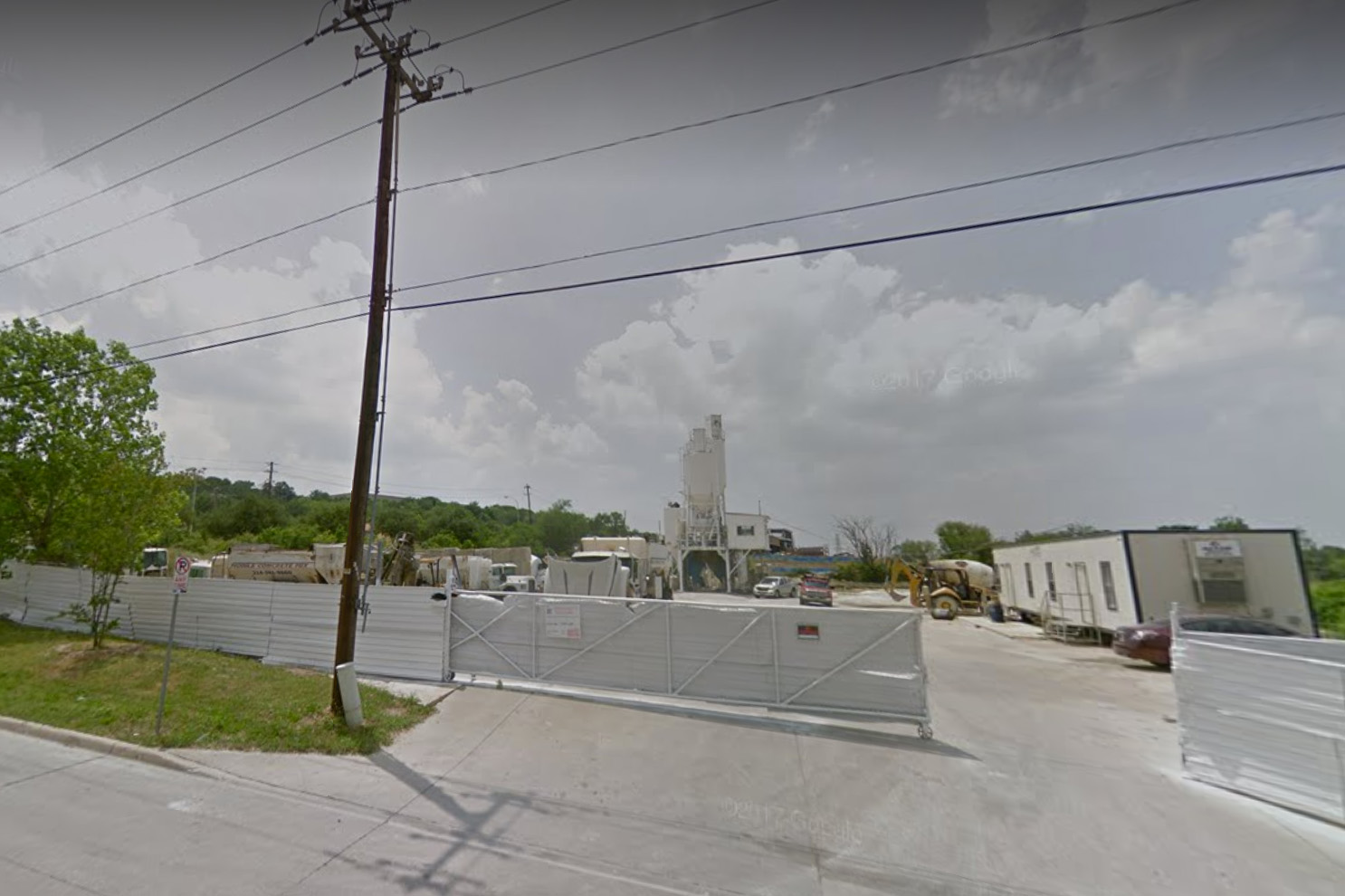 The same department which approved the relocation of the Argos batch plant from gentrified Trinity Groves to working class West Dallas, approved Buzzi’s 165-foot tall concrete silo next door, approved the RamCrete batch plant permit down the street, and whole-heartedly approved two new batch plant permits in Joppa IS NOW concerned about Environmental Justice issues! What amazing powers that Rockefeller money has.
The same department which approved the relocation of the Argos batch plant from gentrified Trinity Groves to working class West Dallas, approved Buzzi’s 165-foot tall concrete silo next door, approved the RamCrete batch plant permit down the street, and whole-heartedly approved two new batch plant permits in Joppa IS NOW concerned about Environmental Justice issues! What amazing powers that Rockefeller money has.
So far, TNC reports they’ve received almost $280,000 in grant money for support of this study. Paperwork found as part of a Texas Open Records Act Request Downwinders submitted to City Hall suggest the City is donating a million dollars in data services capacity alone. That’s in addition to the considerable staff time also lent to the effort. In-kind donations from DISD have not been disclosed.
We know that reducing kids’ exposure to PM pollution will help their health and well-being. We know one way to do that is by turning off vehicle exhaust. It’s not clear what kind of return the TNC or City is getting for its considerable investment.
Meanwhile, the idea of a new network of low-cost, high-tech monitors throughout North Texas giving the public real time information about the state of the air its breathing actually sounds like a great Rockefeller resiliency grant because it helps individuals and localities deal with the symptoms of climate change in their daily lives.
Moreover it’s an indigenous, grassroots effort.
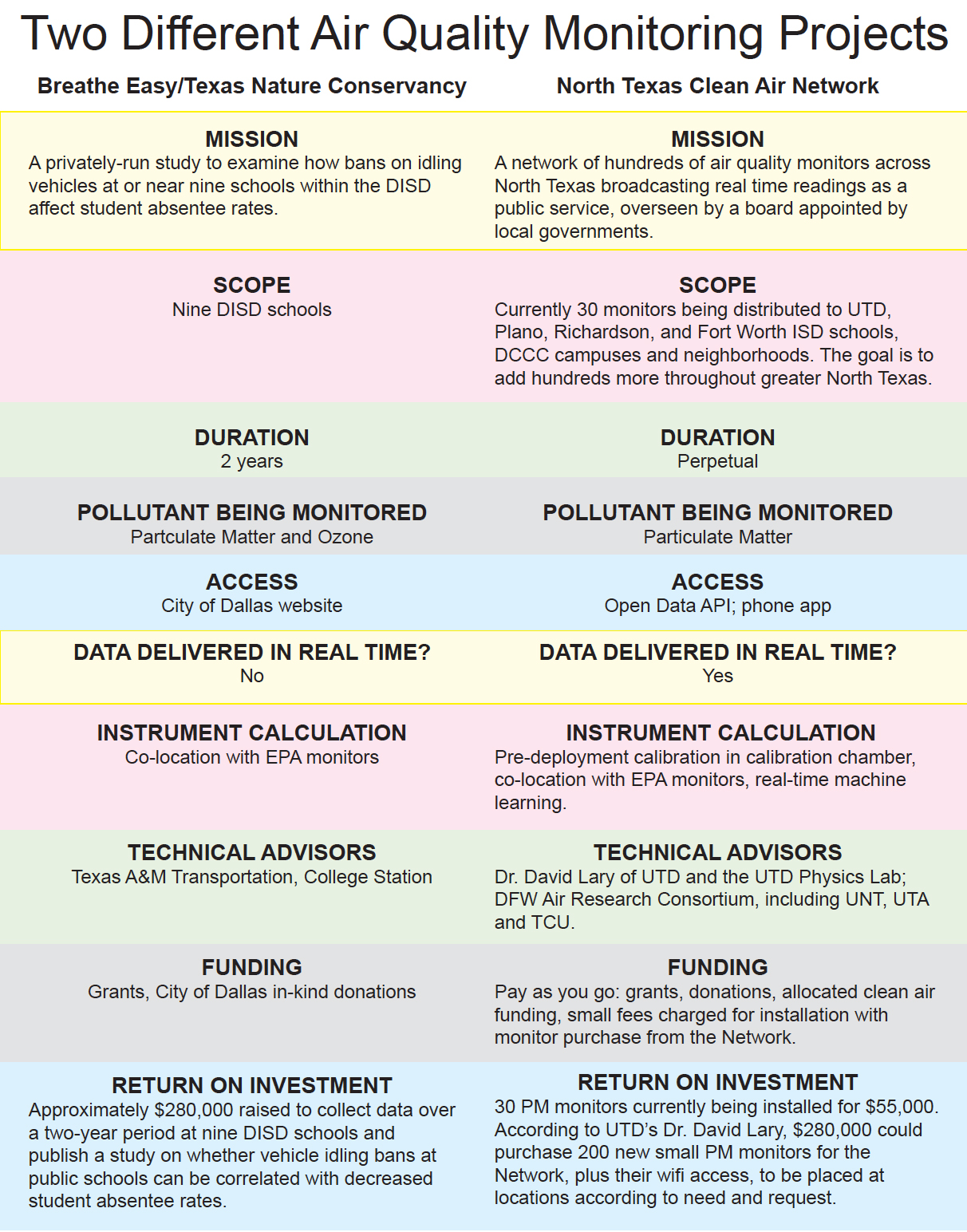
Because the rigorous and exhaustive vetting at City Hall didn’t make it the long 17 miles up to UTD, staff had no idea that one of the nation’s premiere experts in air monitoring teaches there. Oxford-trained Dr. David Lary just got a huge contract from the U.S. armed forces to help them better equip our soldiers for fighting in hostile and toxic urban environments. A big selling point was all the different air toxins in DFW standing in for the real thing. Honest.
It was Dr. Lary’s 2016 National Science Foundation proposal for a pilot project that got the regional network ball rolling. Even though it didn’t get funded, it brought together local governments, scientists, and citizens groups who then forged their own regional slow-cook version. Representatives from UNT, UTA, TCU, and UNT’s Health Science Center participated. So did Plano, and Dallas County.
Dr. Lary has outlined a monitoring network that’s capable of correcting itself in real time using those EPA official monitors as a baseline. EPA has said they’re interested in using his approach. So has NASA. He’s the foremost authority on this topic within hundreds and hundreds of miles but somehow, but Dallas city staff never found him because he wasn’t on that exclusive invite list.
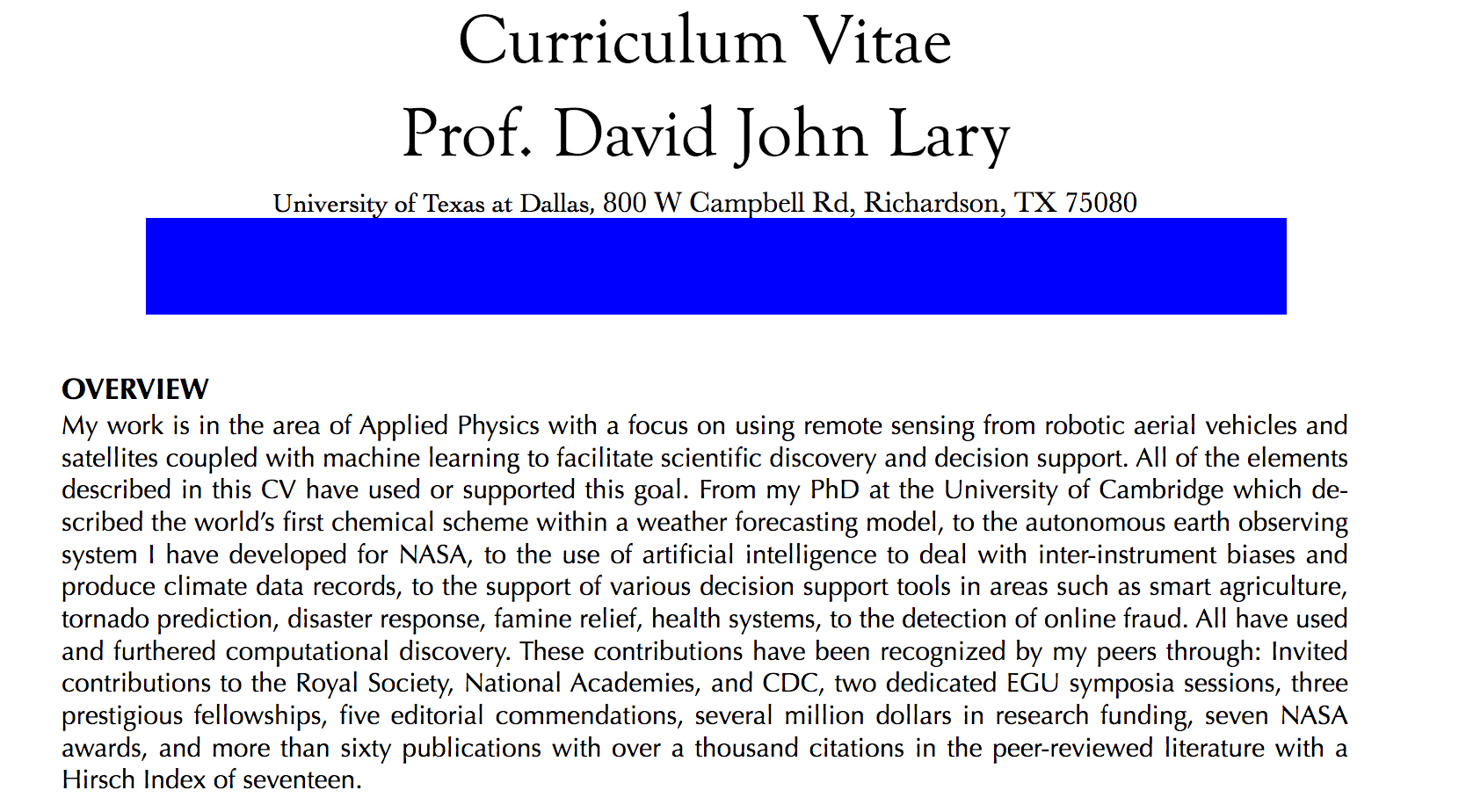 The TNC-Dallas Breathe Easy study is using the Texas A&M Transportation Institute for their air monitoring expertise. Much like the Nature Conservancy, this is a fine outfit, well-known for its work in transportation policy. It is not known for any air quality monitoring work and one can look in vain on its website for a mention of such. No one on their faculty even comes close to matching Dr. Lary’s credentials.
The TNC-Dallas Breathe Easy study is using the Texas A&M Transportation Institute for their air monitoring expertise. Much like the Nature Conservancy, this is a fine outfit, well-known for its work in transportation policy. It is not known for any air quality monitoring work and one can look in vain on its website for a mention of such. No one on their faculty even comes close to matching Dr. Lary’s credentials.
The kicker is that for the same $280,000 as Breathe Easy has raised, Dr. Lary has said he and his lab could build 200 + monitors for regional distribution. Data services will be donated by UTD. You get about 190 more monitors and real time public access for the same money.
So on the one hand you have an expensive study run by a private foundation for a short time using untested expertise, and on the other you have a cost-effective perpetual public network advised by one of the country’s leading authorities on air monitoring. You don’t have to have lived in Dallas very long to know which choice was the “no-brainer” for staff.
The Private Study and the Public Network don’t have to be mutually exclusive, but that’s the way City staff often portrays the choices to the Council – whose first exposure to any of this material will be at the scheduled August 27th Quality of Life Committee public hearing on joining the Regional Network, chaired by Council Member Sandy Greyson.
The Conservancy study could be done parallel to the establishment of the network and its school monitors folded into it at the end of the planned two-year shelf life. The city could help the Conservancy and be a part of the Network at the same time. But Staff seems to have made up their minds they can only support one air monitoring project, or rather, dug in their heels over the overly-democratic goals of this network project – it being supported by the Satanists and Dirty Hippies and all.
There’s no doubt that the same changes in technology which have disrupted other industries are disrupting environmental monitoring too. The ability to buy very reliable monitors for not much money is sending control away from top-down hierarchies to the bottom-up, crowd-sourcing rabble. A few expensive sites are being replaced by hundreds of inexpensive ones. Homeowners are already buying and installing their own consumer versions and linking to national and international networks. They’re making the status quo obsolete, one monitor at a time.
The regional network proposed by Dr. Lary and the DFW Air Research Consortium is designed to try to harness this disruption for public health’s sake. It’s open source, accepting all comers that meet its technical guidelines for participation, utilizes machine learning, and dispenses monitors where the science and need lead, no matter how many. It’s the same thing being done in Los Angeles, Baltimore, Chicago, and Chattanooga. And even Plano, which has already ordered its first monitors from UTD.
Plano has decided it wants a seat at the table as the sensor networks of the future are built. It’s participating out of self-interest because it knows otherwise, the city might not have a say in how the technology is used there. It’s the polar opposite from the sentiments Dallas OEQ staffers have expressed.
On the 27th, Council Member Greyson will be using her Committee hearing to contrast and compare the two air monitoring projects.
City staff will do one presentation on the Breathe Easy study and UTD’s Dr. Lary and Downwinders Director Jim Schermbeck will do another on the regional monitor network. 
Then it will up to the Committee to decide if Dallas can be as progressive on air quality as Plano.
We’re told there will be no public comment allowed. Still, we encourage you to come down to City Hall, put on a button, buy some popcorn, and root for Democracy. The Dirty Hippies are on a roll of late.
THE CLEAN AIR FUND THAT TIME FORGOT
Over a decade ago $500,000 was collected from North Texas local governments to protect Texas air.
It’s been sitting in a bank account ever since. Until recently, not too many people even knew it existed.
Now, citizens want to use a part of it to build a world-class 21st-Century air monitoring network for DFW.
__________________________________________
In 2006, then-Dallas Mayor Laura Miller teamed up with Houston Mayor Bill White and organized a coalition of Texas local governments to oppose the “fast-track” permitting of a dozen new coal plants Governor Rick Perry was pushing.
15 North Texas cities, Houston, and McLennan County (Waco) established the “Texas Clean Air Cities Coalition” to fund a legal team and the technical expertise needed to take on not only the big utility companies, but Perry and the State of Texas as well.
But before the battles could begin, a settlement was reached that cancelled all but one of the coal plants. The approximately $500,000 raised by the Coalition to wage clean air war was not needed now. Instead of reimbursing the separate contributors, it was kept in total by the Coalition, possibly because it had already been budgeted to “protect Texas air.”
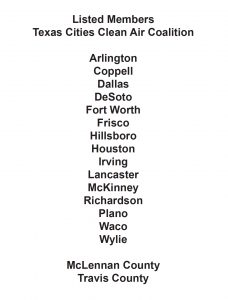
And there it’s sat ever since. With each new election cycle, the number of local elected officials who knew about the fund got smaller and smaller, until there was hardly any institutional memory of the Coalition or its half-million dollar fund left at all.
Downwinders only recently found about the money in the course of discussing funding of the new regional air quality monitoring network we’re working to establish with local policymakers.
While visiting with Dallas Council Member Scott Griggs about Dallas establishing such a network in partnership with Plano and Dallas County, CM Griggs mentioned the Texas Clean Air Cities Coalition and the $500,000 it had accrued, and asked us how our Network idea was different than the TCACC mission. We consider ourselves the premiere clean air watchdog group in DFW but we had no idea the Coalition or its fund was still around.
And, as it turns out, Griggs is the “Principal Officer” of the fund.
Needless to say, we were gobsmacked.
After reviewing some paperwork on the Coalition in Griggs’ office, we answered his question by suggesting that while the original goal of TCACC was to actively oppose those “fast-tracked” coal plant permits, the mission of the monitor network was to gather air quality information for public health purposes.
But on closer examination, we did notice similarities. Many of the municipalities that contributed to the Coalition fund are the same ones that are now interested in participating in the new monitor network, which like the Coalition, is a regional effort. The Mission of the Coalition is “to protect Texas air” primarily, but not exclusively through permit opposition. The spirit, if not the mechanics of the Coalition and Network are originating out of the same concern for public health.
That being said, extracting the money from the fund for modern use could be a convoluted affair. Despite the broad executive 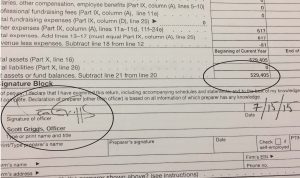 powers given to the Principal Officer in the Coalition’s by-laws, including the authority to commence litigation and intervene in permit proceedings, they don’t address air quality monitoring directly per se. It would appear to take a vote of the remaining Coalition members to ratify a new expenditure for the regional monitoring network, but it’s not clear who they are.
powers given to the Principal Officer in the Coalition’s by-laws, including the authority to commence litigation and intervene in permit proceedings, they don’t address air quality monitoring directly per se. It would appear to take a vote of the remaining Coalition members to ratify a new expenditure for the regional monitoring network, but it’s not clear who they are.
Of the five Coalition officer positions listed in the paperwork Downwinders received from Griggs, three would appear to be vacant, with no one representing Houston, Waco, or Irving due to retirements or elections. Only Griggs and Arlington City Council member Kathryn Wilemon, who both term out in May 2019, remain in elected office.
The discovery of the Coalition fund in 2018 raises all sorts of questions about why it didn’t get used over the last decade of air quality problems. Although there hasn’t been another tsunami of coal plants proposed, there’s still cement plant plants burning industrial waste, still oil and gas facilities still releasing way too much methane, still battles over batch plants in places like West Dallas and Joppa that the money could have gone to…but didn’t. Advocates like Downwinders didn’t even know about it to be able to make the case for its use. It’s a large policy failure on all fronts, that perhaps can be partially redeemed now by spending some of the the collected monies on another regional clean air initiative.
After learning of the Coalition fund, Downwinders asked Dr. David Lary of the University of Texas at Dallas Engineering Department to outline what kind of North Texas air monitoring network could be built with approximately HALF of the fund’s $530,000.
Dr. Lary is the author of the National Science Foundation grant that originally proposed the idea of grid air monitoring in DFW. He’s an expert in the field of high-tech low cost sensors and just got a large US Army contract for testing sensor equipment for the nation’s armed forces.
What he suggested was a 200 + sensor network, operating mostly on solar power and using wifi to bring real time air quality information to the regions seven million residents..for a low, low price of $280,000. This is his itemization:
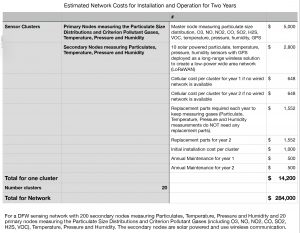
All previous plans had any regional monitoring network growing slowly by charging affordable fees for purchase and installation of sensors. If there’s a large clean air fund that could pay for the immediate build-out, it would propel DFW into the front ranks of “smart cities” and provide public health benefits much sooner.
Now that a City Council Quality of Life Committee hearing has been set for Dallas to decide whether to join the monitor network, the opportunities the fund could provide deserve overdue attention. The question of what role the fund can or should play in paying for a new regional clean air network will be important. Having squandered the ability to provide the kind of assistance it was created for over a decade ago, let’s hope current officials don’t make the same mistake and ignore public health…again.
Dallas City Council Committee Sets August 27th Hearing on Joining New Regional Air Quality Monitoring Network
WE NEED YOU
TO SPEAK OUT….
FOR CLEAN AIR!….
FOR PUBLIC HEALTH!….
FOR ENVIRONMENTAL JUSTICE!…..
FOR SCIENCE!
MONDAY, AUGUST 27th
9 AM
ROOM 6 ES
DALLAS CITY HALL
1500 MARILLA
DALLAS CITY COUNCIL
QUALITY OF LIFE COMMITTEE
PUBLIC HEARING:
Should Dallas join Dallas County and Plano in establishing a new regional air quality monitoring network
Share the FaceBook Event Page 
Dallas residents’ Right-to-Know what’s in the air they’re breathing could take a big step on Monday, August 27th.
That’s when the Dallas City Council’s Quality of Life Committee will hold a public hearing to decide if the City should join a new regional air quality monitoring network. It’s the most important decision concerning Dallas city-wide air quality in years.
Why? Because information is power.
Despite the fact you breath lots more air than you eat food or drink water, product labeling allows you to know more about what you’re putting in your stomach than what you’re putting in your lungs. A 21st-Century air monitoring network would begin to correct that imbalance.
Unlike the current handful of monitors operated by the Texas Commission on Environmental Quality (TCEQ) and EPA, this new local network would have hundreds of small high-tech, low-cost sensors and they’d be reporting their information in real time on a phone-accessible app.
 Despite being the home to 2.5 million people, and covering an area slightly smaller than the state of Rhode Island, Dallas County has only a single official monitor for deadly Particulate Matter pollution you can access online. Unless you live within close proximity of that one monitor you don’t have much idea of what kind of crap you’re inhaling.
Despite being the home to 2.5 million people, and covering an area slightly smaller than the state of Rhode Island, Dallas County has only a single official monitor for deadly Particulate Matter pollution you can access online. Unless you live within close proximity of that one monitor you don’t have much idea of what kind of crap you’re inhaling.
Being able to access real time air quality information no matter where you in DFW are has the potential to transform personal habits and public policy.
Residents with asthma or other breathing problems will have a much better picture of the air they’re actually being exposed to, down to the specific neighborhood or even street block. They can pro-actively plot a path to avoid polluted parts of town, or wait to take that walk or run.
Hotspots of pollution will be more readily identified by the people most affected by them. And, if we organize, that means they’ll get more notice from policymakers too.
Public health officials will be able to track school absentee rates with “bad air days.” City traffic engineers can time stoplights to reduce vehicle pollution. We’ll know which neighborhoods already experience a lot of air pollution and shouldn’t be candidates for siting new industrial facilities.
This is why the Dallas City Hall IT staff not only included high tech air quality monitoring in the category of “Public Health and Safety” but also “Equity and Empowerment.” This network and the information it provides can be a powerful tool for citizens.
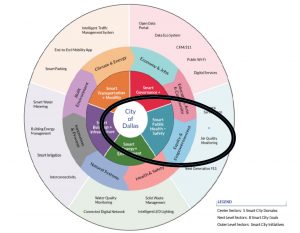
There are many ramifications to having this information available – some obvious, some we can’t imagine yet. High-tech air quality monitoring is one of the most useful applications of emerging “smart cities” technology.
Chicago is installing a grid of over 500 air quality sensors. Baltimore is doing the same. LA is committed to at least 100. Even Chattanooga, Tennessee has its own network. Now DFW, home to some of the worst air in the country for decades, has a chance to do the same.
Dallas’ Quality of Life Committee is Chaired by three-term council veteran Sandy Greyson, and includes rumored Mayoral candidate Scott Griggs, Mark Clayton, Omar Narvaez, Jennifer Staubach-Gates, Adam McGough, and Ricky Callahan.
If the Committee votes to join the Network, it’s recommendations would then be forwarded to the the entire 15-member City Council for formal approval.
As proposed, The North Texas Clean Air Network would be administered by a board that includes public health experts from Parkland and the Dallas County Medical Society, officials from every city, county, hospital or school district that become members and public interest advocates. This board would decide where to put new monitors, insure their technical proficiency, and help educate the public about the network.
Officially, it’s chartered goals are to
1. Provide the best, most up-to-date factual information about local air quality by supervising the implementation and maintenance of a publicly accessible, secure, and scientifically credible regional air sensor network providing simultaneous real time air quality information from multiple locations within member or contracted jurisdictions via the World Wide Web.
2. Provide fact-based public education resources on local air quality.
3. Support scientific research on local air quality by local colleges, universities, hospitals and schools.
4. Work with regulatory agencies and entities to further local clean air goals.
The Network began as a National Science Foundation grant proposal led by Dr. David Lary of UTD. It requested funding for dense concentrations of monitors in Plano and Southeast Fort Worth. It got a rare call back by the NSF, but no money.
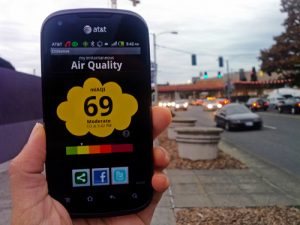 Still committed to the idea, the NSF grant partners then began building the same kind of monitor network across DFW using donations of resources and labor.
Still committed to the idea, the NSF grant partners then began building the same kind of monitor network across DFW using donations of resources and labor.
Over the past year, 30 Particulate Matter monitors have been bought or donated for this purpose. They’re being installed at community colleges, public schools, and one is being located in the Joppa neighborhood of Dallas. Consortium members now want to turn these monitors over to the proposed Network board so the system can be operated in the public interest as a kind of public utility.
There are no additional costs for the first wave of 30 monitors other than internet connectivity and minimal maintenance. More monitors can be added to the network by collecting fees for installation and using a portion for maintenance.
But as of last month, there’s an exciting new source of funding for the Network – an untapped regional clean air fund that over a dozen North Texas cities contributed to a decade ago and has sat unused ever since. Over $500,000 in local money has already been raised and budgeted to “protect Texas air.”
UTD’s Dr. Lary has proposed using slightly more than half of that collected money to build a sophisticated 200-sensor air quality network spanning across DFW measuring Particulate Matter pollution, temperature, pressure and humidity with an additional 20 primary monitors measuring the Particulate Size Distributions and Criterion Pollutant Gases (including O3, NO, NO2, CO, SO2,H2S, VOC), Temperature, Pressure and Humidity. The smaller 200 monitors are all solar-powered and use wifi.

Dallas has a reputation for desperately wanting to be known as “world-class” and a recent Morning News article noted how Dallas had a “high-tech image problem” among innovators. A 200-monitor high-tech air quality network would instantly propel the city into the ranks of the “smartest” wired metro areas in the US, not to mention advance the cause of local public health. Dallas could be ahead of the curve instead of behind it.
2018 is the 27th straight year Dallas and all of DFW will be in violation of the Clean Air Act. The State of Texas and the EPA have shown themselves to be unwilling to take the problem of dirty air seriously. Now its local government’s turn.
SHOW-UP ON MONDAY AUGUST 27th AT DALLAS CITY HALL AND SPEAK OUT FOR A PRO-ACTIVE RESPONSE TO DFW AIR POLLUTION PROBLEMS.
You’re Invited to an Evening of Celebration and Determination
Click Here for Tickets and Sponsorship
Joppa is one of Dallas’ most intact Freedman’s Township. One of only three left. It was founded by slaves liberated from the near-by Miller plantation on the banks of the Trinity River. Descendants of those slaves still own homes in Joppa.
But over the last century it’s been surrounded by heavy industry and tons of air 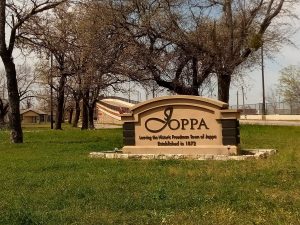 pollution. EPA’s nearest air monitor is nine miles away.
pollution. EPA’s nearest air monitor is nine miles away.
In March, the Joppa Freedman’s Township Association defeated a proposal to locate two additional concrete batch plants there when it came before the Dallas City Council. A week before the vote Downwinders at Risk board members used their new portable particulate matter monitors to show how high current high pollution levels already are.
Despite the community’s longtime pollution burden, it was the first time any actual air monitoring in the had actually been done there.
Now, the JFTA and Downwinders have agreed to partner in an unprecedented and historic way to try to redress decades of environmental racism by working for the creation of a”Joppa Environmental Preservation District.”
This new district would have special zoning and land use policies dedicated to reducing the amount of pollution Joppa residents are subjected to on a daily basis – all designed to “Let Joppa Breathe.”
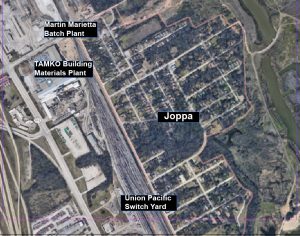 As a first step, we want this Environmental Preservation District to have more extensive air quality monitoring, especially for Particulate Matter.
As a first step, we want this Environmental Preservation District to have more extensive air quality monitoring, especially for Particulate Matter.
And to do that by this summer, we need your support on May 22nd.
That evening JFTA and Downwinders are hosting a benefit to raise money to buy multiple air quality monitors for the community.
Thanks to your generosity and the Dallas Sierra Club, we already have enough for one, but we need more – at least one on each side of the community and more if we can get them.
We want Joppa to be an example of the kind of dense monitoring we want to bring to all of DFW in the years ahead.
A $25 ticket gets you food, wine or beer, and a program highlighting the cultural and historical significance of Joppa as well as celebrating our determined effort to preserve and revitalize it.
Not only will we be unveiling more details about our plans on May 22, you’ll also be treated to a line-up of great entertainment, beginning with MC duties being performed by Dallas spoken word artist and poet Rage Almighty.
Come out on May 22nd to support a good cause, eat good food, and watch an inspiring program that will leave you fired-up and ready to go.
Click Here for Tickets and Sponsorship


